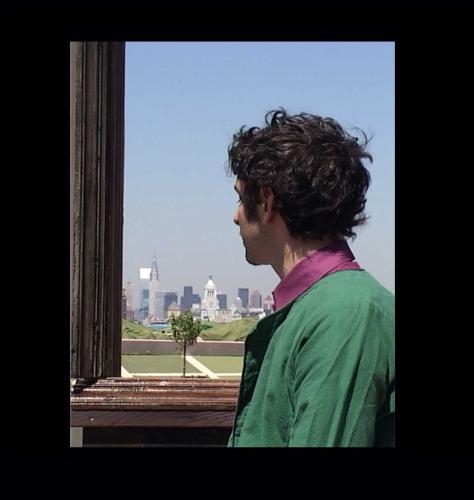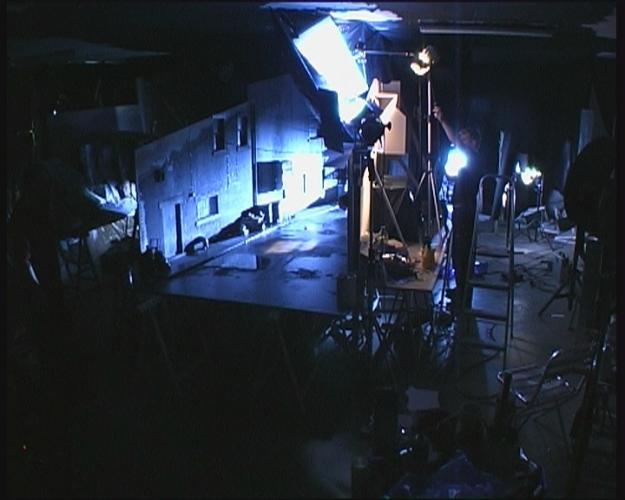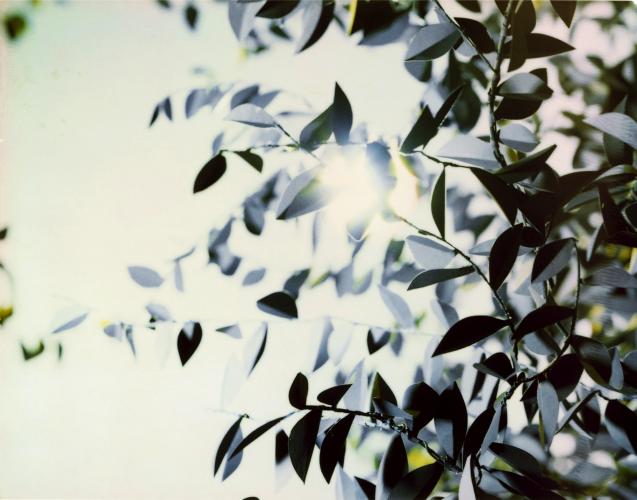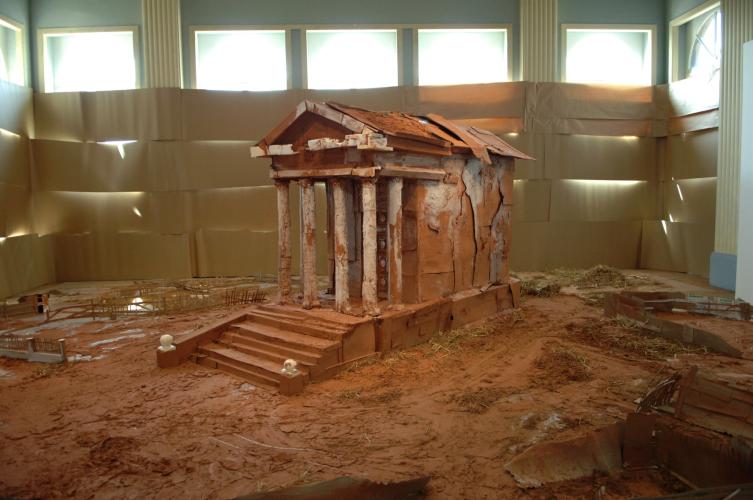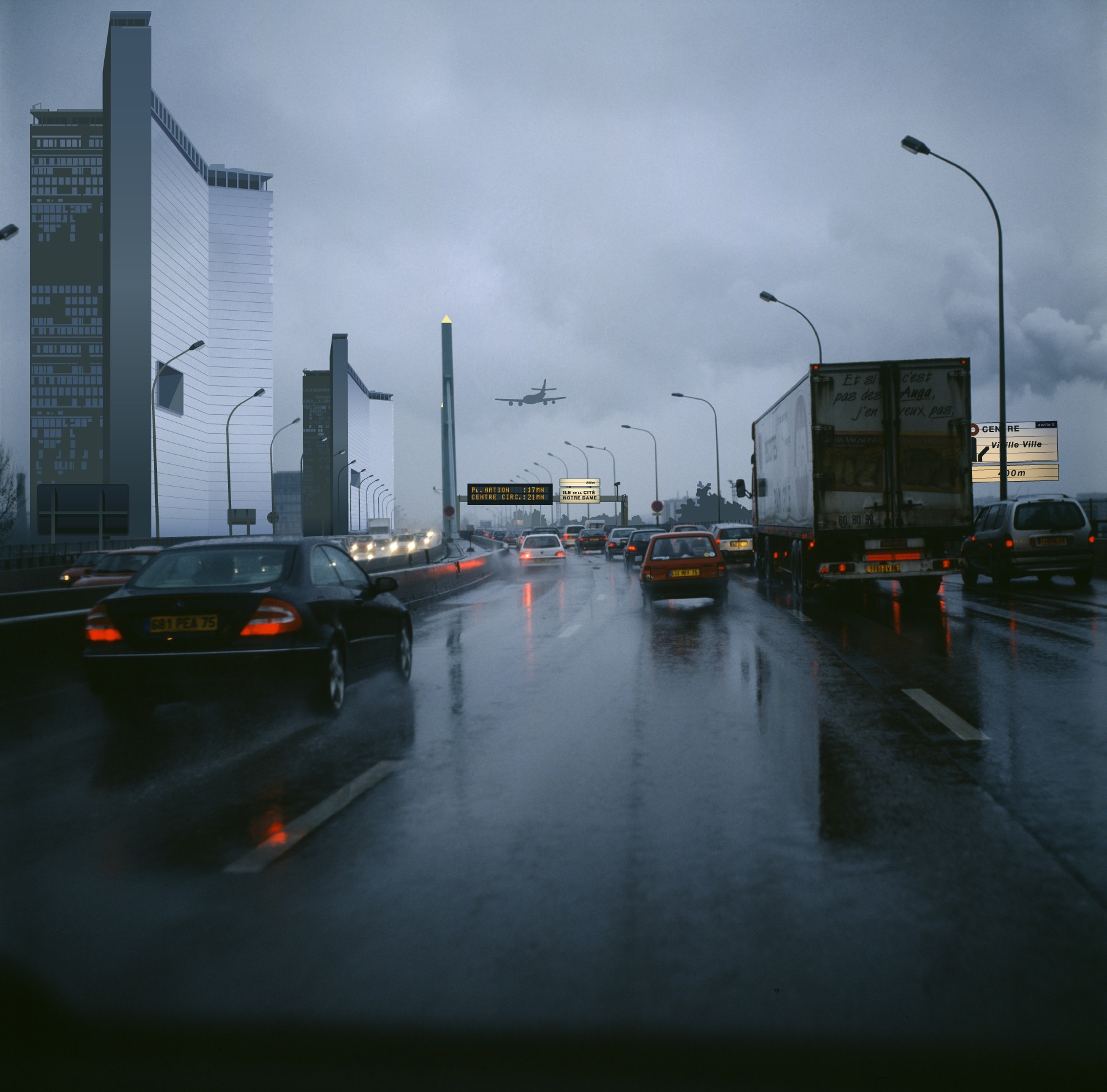
Paysages : Constructions et Simulations
"What we see depends as much on what we know and believe as on the actual image that is imprinted on our retina. No objective representation of our surroundings is therefore ever possible, precisely because our brain merely interprets the signals from the eye, and on that basis builds up a mental picture that we mistakenly take to be reality itself, whereas what at best we can talk about is our own individual reality, one which we may or may not share with other people.But while the objective observation of a given reality seems impossible, we may turn the argument around and build a reality that corresponds to the mental picture we have of it. The question then becomes: do we thereby abolish the distance between what we see and what we think we see, or do we create a further distance, a mise en abyme leading to further questions, fresh doubts and new depths of feeling?" Enrico Lunghi
So for instance, Oliver Boberg's films have a familiar look, although the landscapes and urban views are completely constructed like a small-size film set. To the make-believe representation of theHollywood studio, with its simulated reality - by constructing a model of reality that we then try to retrace - Oliver Boberg adds his own reproduction, as if to further enhance a firmly set cliché. Alain Bublex has constructed views of some Paris neighbourhoods as they might have appeared to us if Le Corbusier's 'Plan Voisin' had got past the drawing-board stage. A subtle blend of Utopianism and elements taken from the real Paris we see today quickly sets the terms of the debate whether reality is preferable to fiction.The photographs of Thomas Demand make no attempt at simulating reality either as it exists or as we dream it, instead they construct a new one, subjected to the photographer's own requirements and image-based constraints. At a time when the cinema is tending to abandon film reels and opting for the digital medium, Rainer Eisch uses a 16 mm projector to screen artificial landscapes created by virtual animation, thereby telescoping two seemingly antagonistic techniques. At first glance, the wide panoramic shots of Isabelle Hayeur appear to record landscapes on a cinematographic scale through the photographer's lens, almost like in a frozen dolly shot. However, on closer scrutiny, the artificial construction of these images becomes apparent; several shots have been assembled, with the breaks removed by fading the edges into each other to give the continuity of a perfect illusion.The imaginary world of Valery Koshlyakov is haunted by the landscapes of his childhood. In his drawings, collages and large-size installations, he mixes memories and inner visions. Thus, with cardboard, cob and paint, he recreates a piece of the country area of his birth. At the opposite end of the spectrum from modelling the grandeur of the landscapes - whether real or imaginary - of Valery Koshlyakov, Luca Pancrazzi's sculptures are made up of small objects, miniaturised computer elements, or even dust, which, when skilfully assembled, lead our imagination into seeing them as vast urban developments.Relying on the pictorial tradition inherited from the Renaissance, Katleen Vermeir presents portraits, face-on and in profile, of motionless characters placed in an indoor setting, with a window looking out onto a basic landscape. Here again, everything is a construction: video, like painting, is not always content just to copy nature and the world, but often needs to construct or simulate them in order to turn them into something with which to make a picture.
